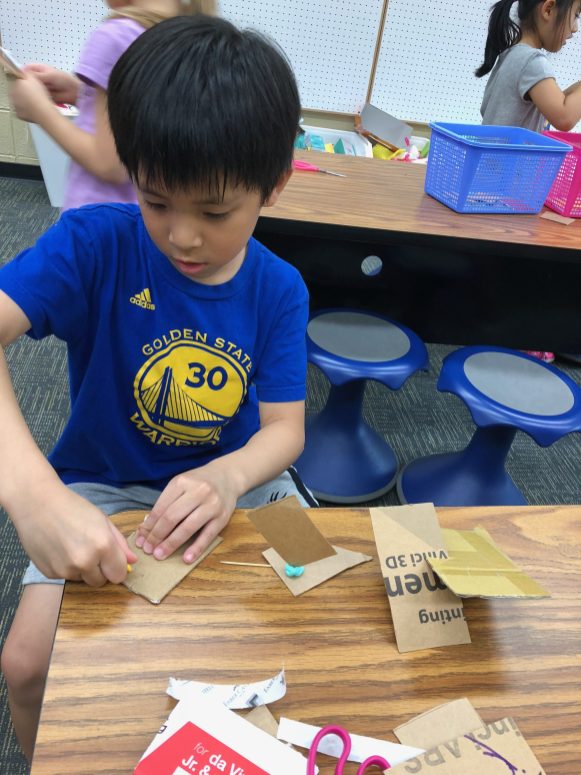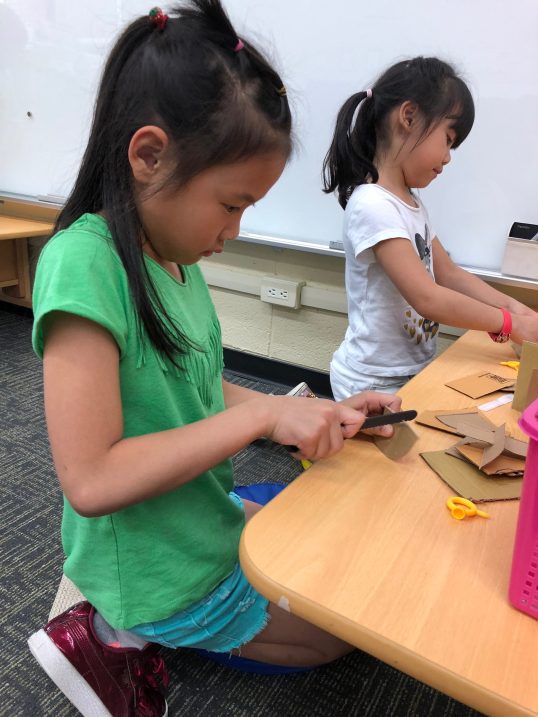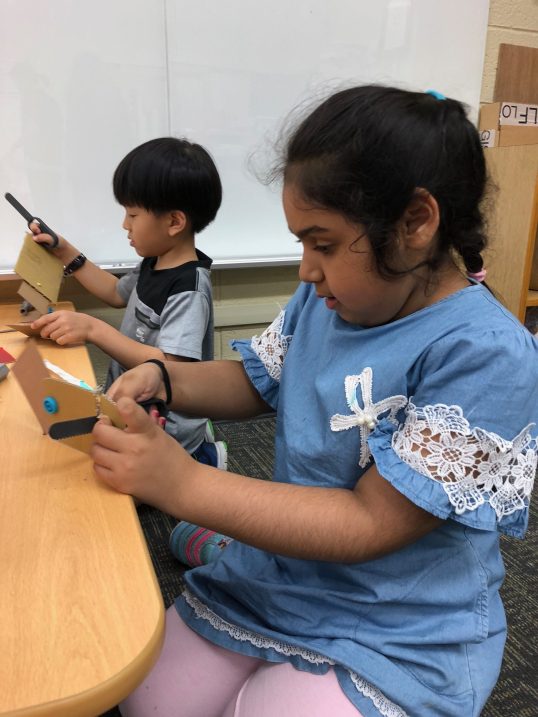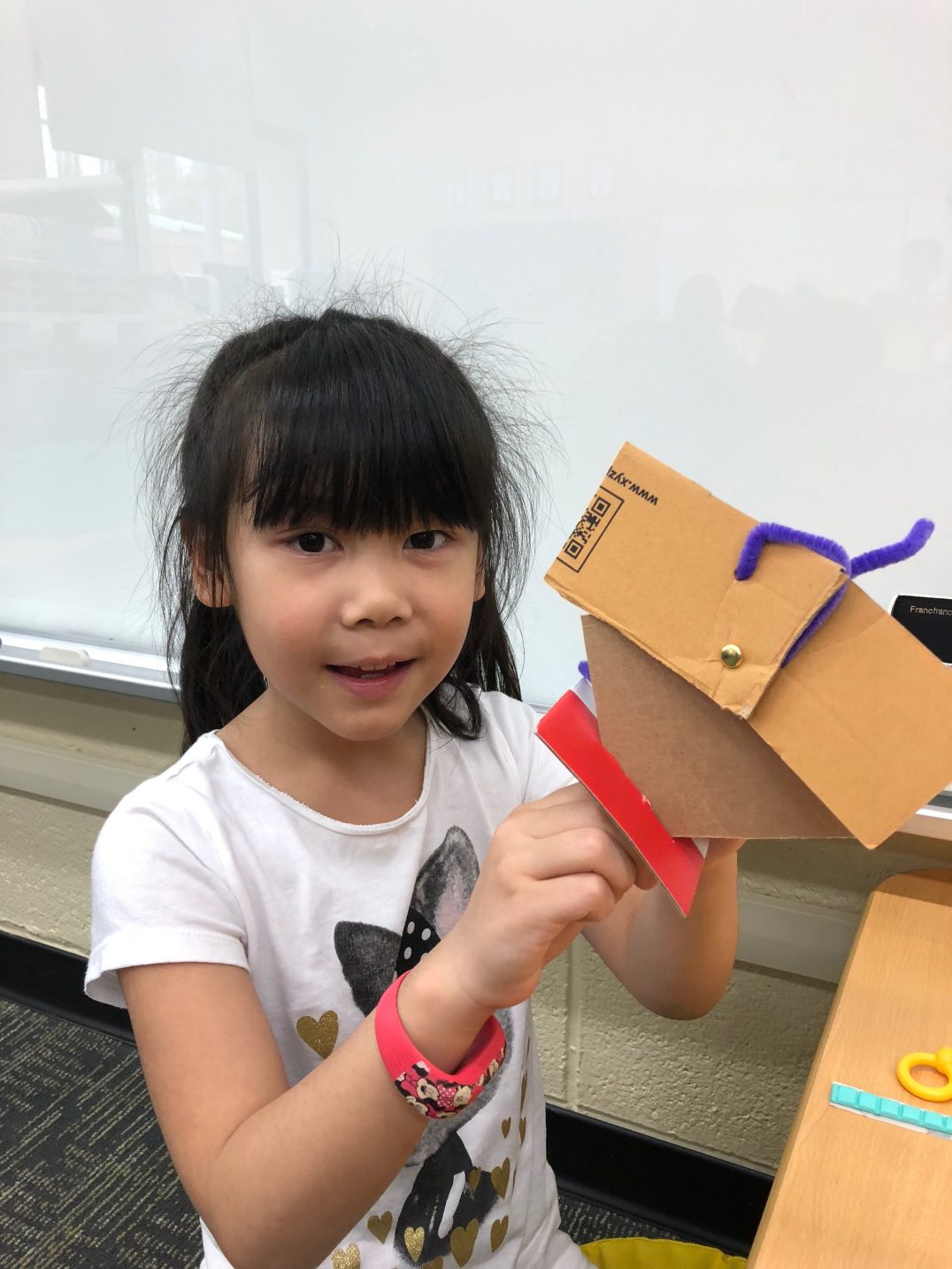Getting Out of a "Sticky" Situation
From Trash to Treasure
Junk material construction is nothing new in the early childhood classroom. In fact, many early childhood educators joke about how we are known for collecting "trash" in our classrooms! Today, we've fancied up and formalized this type of learning and many are now realizing that this type of construction lays a great foundation for design thinking. Although parents may not necessarily jump for joy when their child brings home a giant creation make up of egg cartons and plastic bottles, there is still so much value in the process that children need to go through to create that finished product. Whether it be choosing what materials to use, to problem-solving how to attach these materials together, the trial and error builds perseverance and critical thinking.
Getting Out of a "Sticky" Situation
After years of watching students build, fail, and re-think their creative structures, I noticed a pattern that they almost always relied upon: TAPE was the be-all and end-all of attaching things together! Don't get me wrong, tape works just fine for many types of materials and it is one of those tools that we can be comfortable allowing our students to use independently without any risk. But what is learning without risk??? When I see my students are stuck in a bubble, I usually view it as a sign that I should be teaching something that's missing! In this case, my students really had no idea what other possibilities they had for attaching things together, especially when they were using cardboard.
The NO TAPE Challenge!
This led me to create a challenge for my kindergarten students, forcing them to consider other possibilities for constructing. I decided to limit the challenge to just cardboard because it would allow my students to familiarize themselves with this particular material and its properties. I also chose it because well let's face it, it's probably one of the most popular materials in junk modeling! I myself wasn't totally sure what all the possibilities were with cardboard so I turned to the trusted companion of many educators, Pinterest. What I found were some amazing anchor charts showing different types of cardboard attachments, I recreated one of these for my classroom:
I had also recently purchased a classroom set from MakeDo and wanted to include these into the possible tools for students to try.
I started this challenge by asking my students:
"If you couldn't use tape, what ways could I attach two pieces of cardboard together?"
I had the anchor chart up behind me, but I didn't really point it out. Some students instantly noticed it and started referencing it. Others starting naming other possible materials like glue and sticky tack. If students mentioned something that wasn't on the chart, I added it to the materials they could use. After we discussed all the possible ways, I spent some time introducing students to tools I was pretty certain at least some students hadn't used before such as brass fasteners and the MakeDo tools. Once that was all done, I told them they needed to try to attach cardboard together in as many DIFFERENT ways as they could for the rest of class, and boy did they!
In a second lesson I then told my students that now they had more tools in their toolbox, they could use these tools to build something of their choosing. I was really impressed with what some of the students came up with!
I know we're not supposed to have favorites but I really enjoyed this creation because this student was so excited to demonstrate how his creation transformed in multiple ways!








